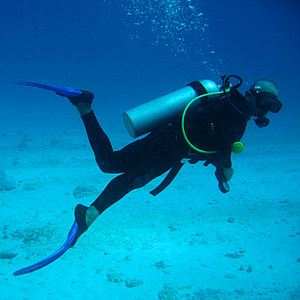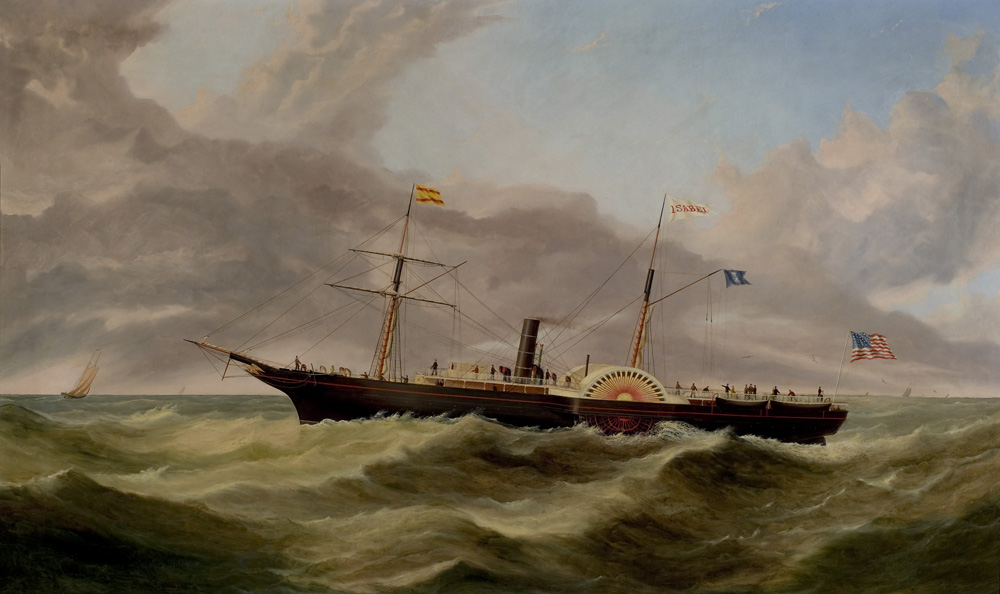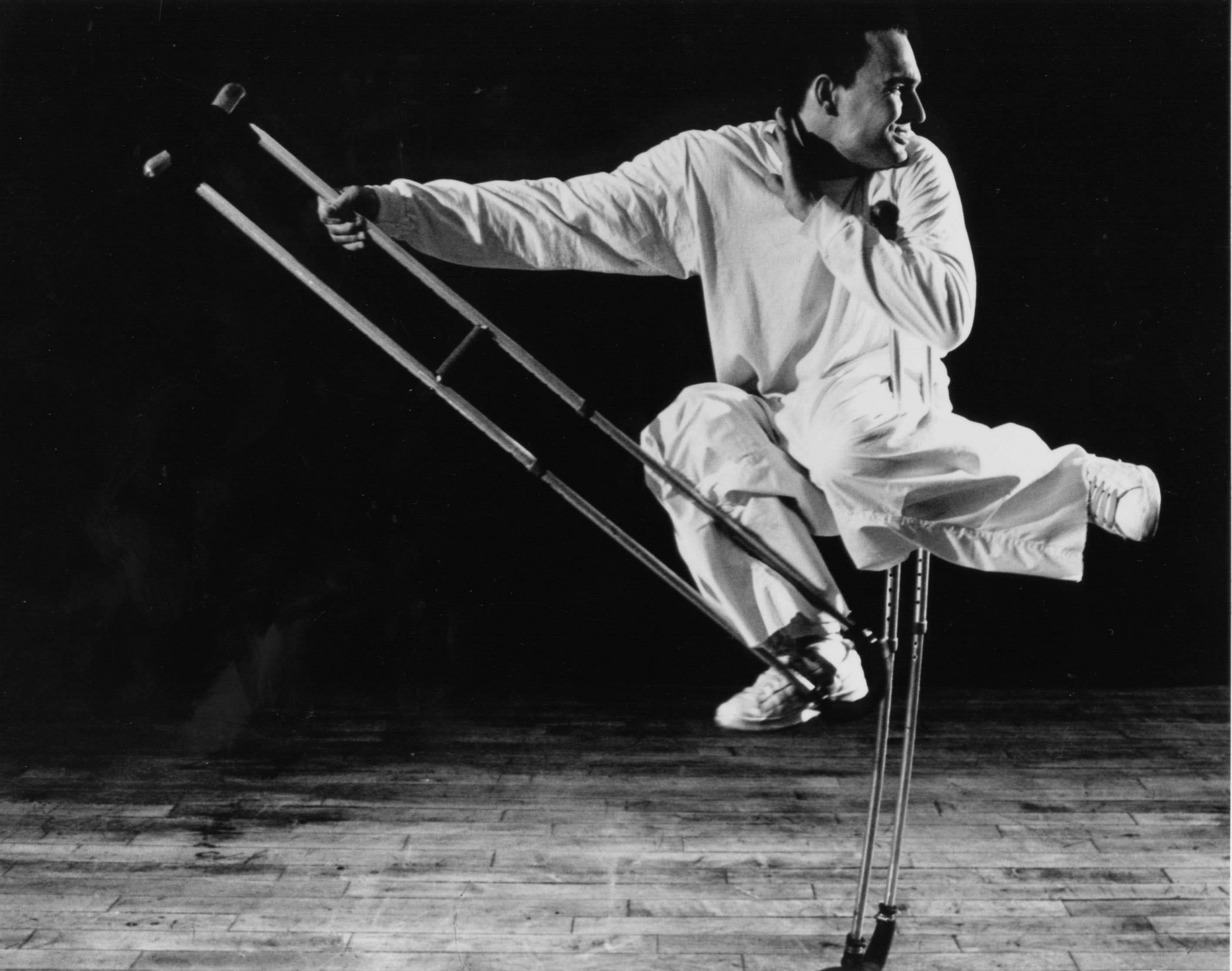(The Verge) — Just miles from campus lays the remnants of an overwhelmingly historical fragment, that of the Civil War-era steamship Ella Warley. Now a diver has laid claim to the wreck in hopes of salvaging its remaining valuables.
At one time a blockade ship for the Confederacy, the ship was stolen by Union forces and remade into a ferry vessel running between Charleston, South Carolina and the Caribbean. On February 9, 1863, when the ship was off the coast of Asbury Park on a ferry run, it struck another ship, the S.S. North Star, and sank within 20 minutes, killing six crewmen. Today, Allan Gardner, a Florida diver, is making what they call in maritime law, an admiralty arrest on the wreckage of the ship to take ownership of remaining valuables. The artifacts have been estimated by historians to be about $175,000 worth of gold and jewelry in today’s value.

Associate Professor of Anthropology, Richard Veit said, “They [Allan Gardner and his partner Paul Hepler] rediscovered the wreck a couple of decades ago. They worked on it and found some gold coins, which were brought up. Now they have salvage rights to the ship, and essentially own the shipwreck, which is an interesting perk of U.S. Salvage Law.”
He added that the ship was estimated to have sunk with $8,000 worth of gold, along with another $5,000 in items which have presumably laid untouched since the sinking. But making the salvage operation happen, as Professor Veit points out, is what may prove to be difficult, as any underwater operation is expensive and challenging in the waters of the Jersey Shore. As he noted, “Another challenge here is whether they will find enough material to make back their investment. From an archaeological perspective, I’m also curious to see how they are going to do this. Will they do it scientifically and record and document what they’re finding, (and not just the potential for gold and silver, but for other artifacts too)? What will be left when they’re all done?”
Veit said, “I can only hope the remains of the ship will not be damaged during the salvage operation. [And generally] it’s interesting to see attention being focused on the underwater heritage of this part of New Jersey which people often forget about.”
Dan Lieb, President of the New Jersey Historical Divers Association, and diver of the Ella Warley wreckage said, “About 20 years ago, a boat captain by the name of Paul Hepler and Allan Gardner were diving on that wreck and identified it as the Ella Warley. They recognized it may have had some gold on it, and were looking around the site, where they then discovered a handful of gold coins. But there is no indication that there is still gold down there, as only these few coins were ever found after extensive diving.”
According to Lieb, the untouched gold may be incased in something as small as a briefcase or lunch pale, as it was probably carried by an individual aboard the ship. So the likelihood of the gold being widely spread along the ocean floor may be slightly minimized.
This ‘treasure hunt’ intrigue alone may not be the only reason Gardner has decided to initiate an arrest on the wreck. As Veit earlier agreed, a preservation attempt may very well be on his agenda. As to why he’s decided to carry out with the arrest now though is not entirely known, as he did discover the ship years ago. But chronology aside, as Lieb said, “We’re all just curious to see what he’ll find.”
Lieb guessed the salvage operation would be conducted in the spring, waiting for winter storms to subside and warmer waters. He also said that

current maritime law is laid out to promote people safeguarding goods at sea so that water-born commerce can be reliable. So by making the admiralty arrest, Gardner is making several statements. He is saying that he must be paid for his efforts on the site as a salver, and if heirs/descendants of victims or prior owners lodge a claim on it in court, they must come forward now. By placing an ad in the newspaper (which Gardner did in September), he made the claim public and in effect made a paper trail and timetable for the claim to go through.
Star Ledger Data Reporter, Stephen Stirling, who conducted research on the wreck, clarified that upon evaluation of court records, there hasn’t been much in the way of action (against Gardner’s claim). One organization, the New Jersey Council of Diving Clubs, did issue a letter to be entered into the court records. It said that they had no objection to the salvaging operation as long as the archaeological integrity of the site is upheld.
There are a number of routes Gardner can take with the wreck regarding the integrity of the site and its remnants. Visiting Assistant Professor of History, Walter Greason said, “Ideally, Gardner will take a portion of the valuables he found and donate them to the Monmouth County Historical Society with a $5,000 or $10,000 trust, to deal with preserving the site or putting a marker near the site to let people know it’s there. It will be a wonderful attraction, especially in the city of Asbury Park, as a piece that can be incorporated into the city’s recovery over the last decade. This way too, many who are interested in maritime archaeology will be drawn out to the site. You can produce it as an extraordinary tourist site that will attract people to the community.”
Greason also said that procedurally, Gardner can take the physical remains to auction in Manhattan or London and/or put them up in small units for auction to collectors of nineteenth century memorabilia. The nostalgic value of the currency as well will drive collectors to pay large sums of money to get their hands on the actual coins that were aboard the ship. And once transaction is completed, Gardner can mitigate the federal and state tax burden he will be hit with by giving a portion of the proceeds to the historical society, Greason suggests.
On a more general note, Greason noted that historical records show that greed was a common theme in the history of the shiop. After being a blockade runner, it was pirated and turned into a ferry in New York where it then profited off running coastline ferry trips for average citizens. It switched management and kept being put in different hands so people could profit while the nation was engaged in the Civil War. Greason referred to it as a “floating ATM” and said it was a primary mechanism of making money. But after it sank, the issue became liability. Who would have received compensation for investments in the ship? This liability falls into the insurance policy. Ironically today, similar concerns of greed and liability are raised…
To try and minimize this greed and the potential of insurance companies funneling in recovered profits, maritime law specifies how a salver can be compensated for his efforts and has the ability to lay a stake on a wreck. Instead of being an “ATM,” the ship is now in the news because Gardner is making a “speak now or forever hold your peace” claim on the site. If all goes well for him, he will become the sole owner of the steamer. Although it may, in fact, look a bit differently than it did as a 210 foot floating ship, he will have the chance to search it for valuables worth up to $175,000. And keep this in mind…it is located just miles away from campus.
The entire stretch of ocean right where campus sits is riddled with shipwreck history, according to multiple sources, as the news of the Ella Warley has helped bring forth. As Professor Greason said, “Clearly we don’t have to travel far to find local New Jersey history from very important events and sometimes history is immediately relevant to who we are and how we live.”




